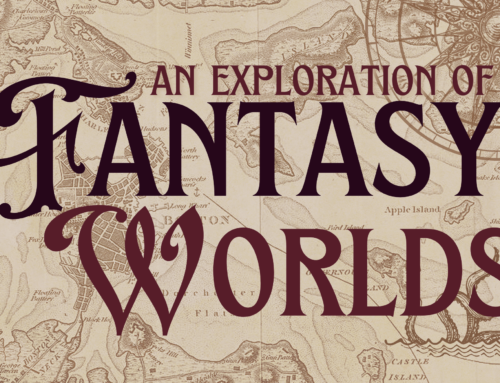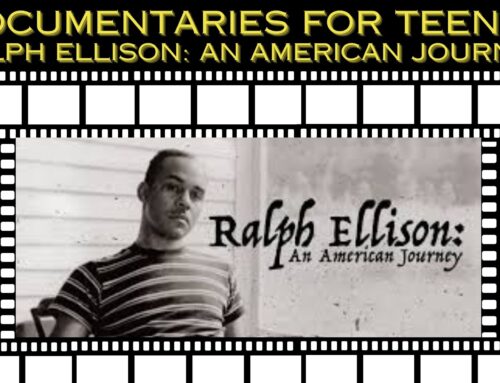
Hello and welcome to Documentaries for Teens, where I review documentaries that I think you, the teens, would enjoy! This post is going to be a little different because I will be reviewing a few episodes from a compilation Kanopy currently offers called “The Short Films of Elizabeth Lo.”
Elizabeth Lo is an award-winning director/cinematographer/producer, and after watching the episode in this miniseries, I can see why. Each episode covers a humanities issue, from homelessness to the pov of Native Americans on conservations, to many more. She is not afraid of sharpening her camera lens to capture the reality of it all in such eloquent shots. For this series session, I will do a short review of two of the episodes, Hotel 22 and Bisonhead.
Hotel 22
A play on words, Hotel 22 is not a hotel at all but rather a bus. Every night in Silicon Valley, CA, Bus 22 is a safe place for those who are experiencing homelessness or displaced. In this episode, we ride along with them, watching the passengers snooze in their seats, interact with others, and watch the drivers operate their shuttles. The episode is long enough to draw us in before we have to get off the bus and continue on with our day. It is such a simple video, but cashes in a reality check on what it is like to live on your own resources.
***I emphasize my warning about language in regards to this video, as a passenger says slurs to passengers on Hotel 22***
Bisonhead
Bisonhead follows the Tanners, a family of Ponderai Native Americans who are trying to reclaim the treaty hunting rights that they have had for the past 150 years by culling bison in one segment of the land, a hunting zone outside of Yellowstone.
This was a very humbling episode to watch. As someone who does not have the rich ancestry as this family, I cannot imagine having to struggle against a world that still refuses to give you the right to land your past lives on. The Ponderai used to hunt on Yellowstone but now, they have only one area where they can hunt and even that is restricted by private land. Another moment of reflection when I was watching this episode, is the scene at 5:25-5:44, when it shows a group on a tour bus. These are people who do not have any roots in Yellowstone and honor the park as a spectacle. The tour guide then says, “I think this is a very classic Yellowstone picture we are seeing right now. You need to have three components for a classic Yellowstone winter picture, snow, buffalo, and steam right behind it. An interesting foil, when paired with the Native American family, is not shown, even though they have been with Yellowstone since the beginning.
With beginnings comes an end, and the family successfully catches a bison and takes the head of the creature, giving the episode its name. (That is where my warning plays a part, the end shows the process, while the beginning of the documentary shows the end).
After watching these two Elizabeth Lo episodes, I am hooked on her work. Her skillman-ship with direction and camera is insane, framing a story with minimal dialogue and so much life. She teaches the audience to look and find the story in the day, and that is what I will do.
Thank you so much for tuning in for this edition of Documentaries for Teens. I would love to hear which was your favorite episode in the series?
To check out Elizabeth Lo’s work, click here.





